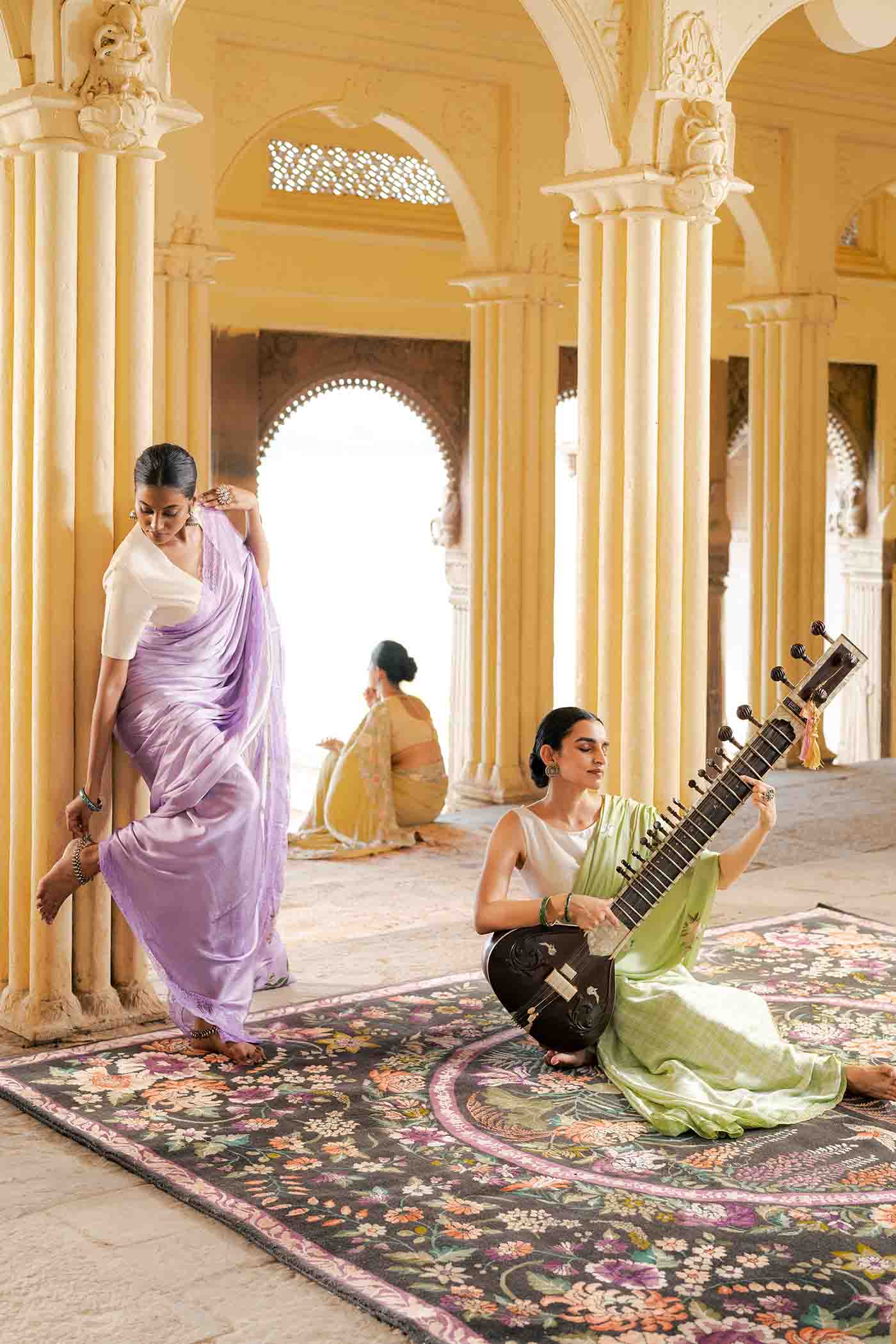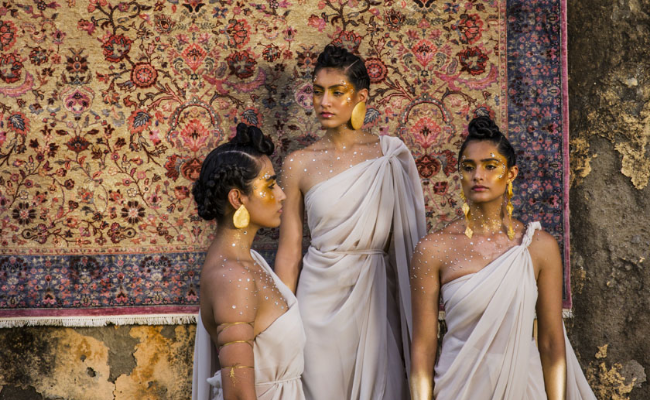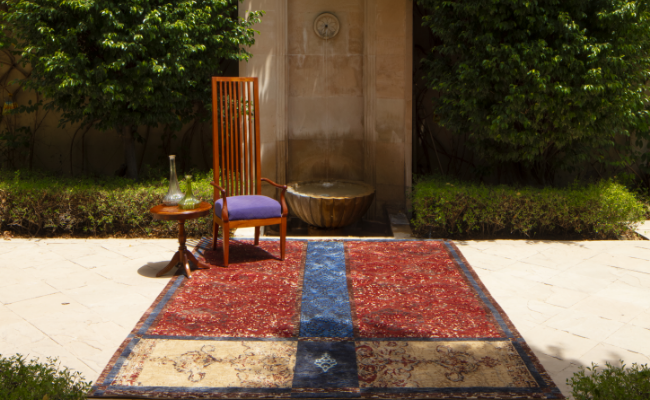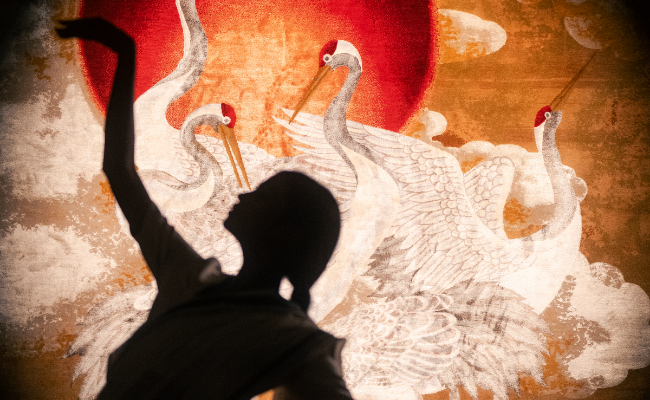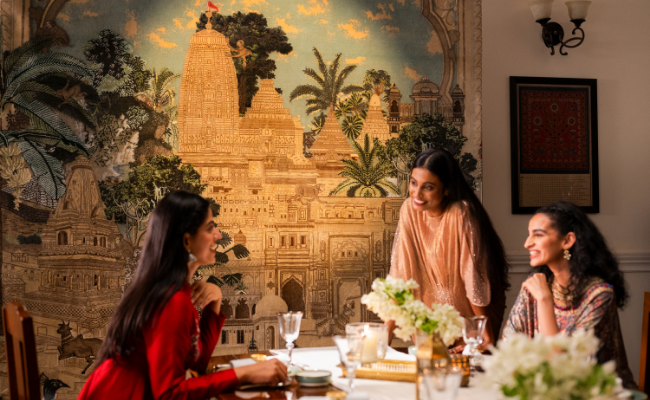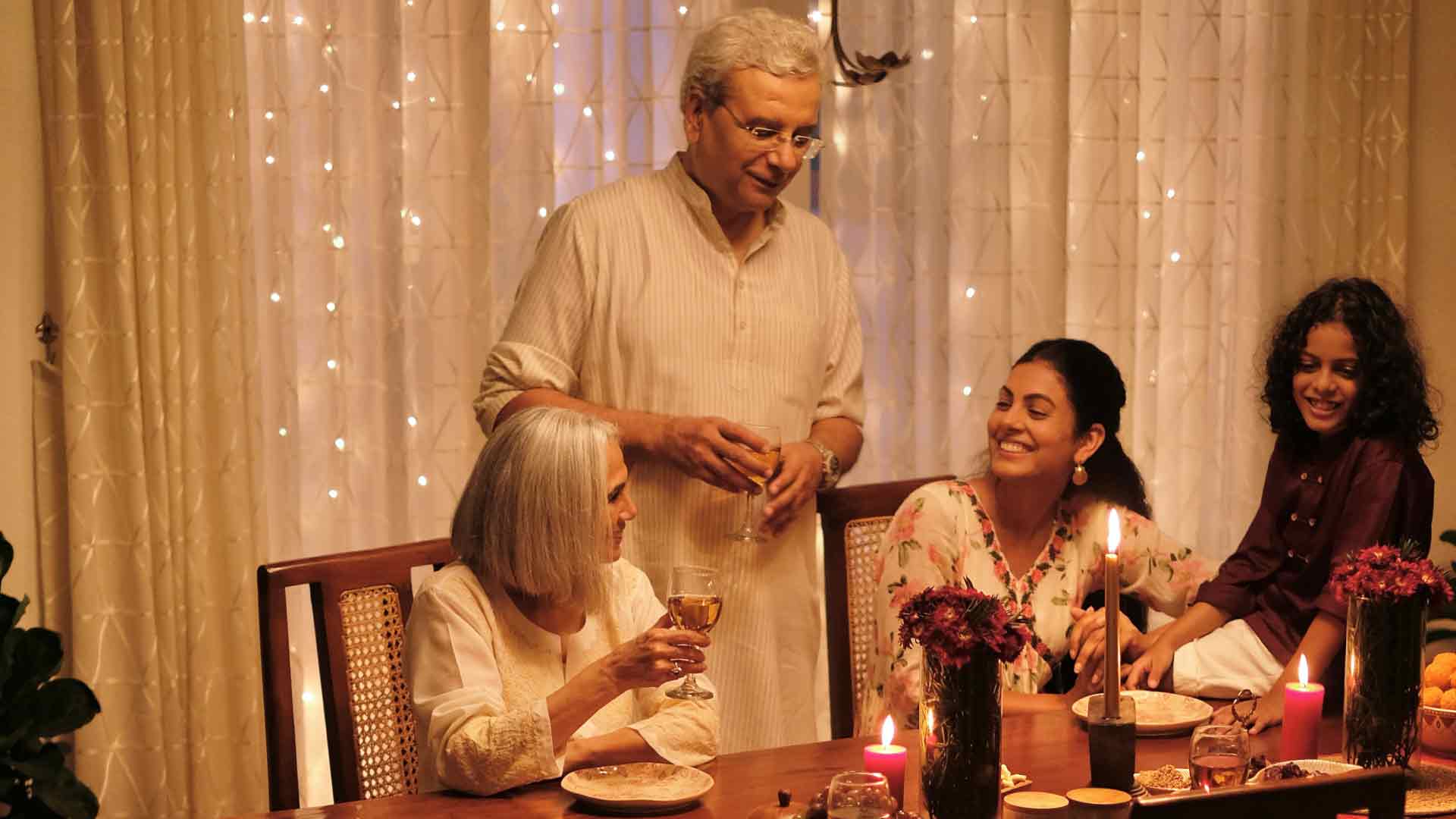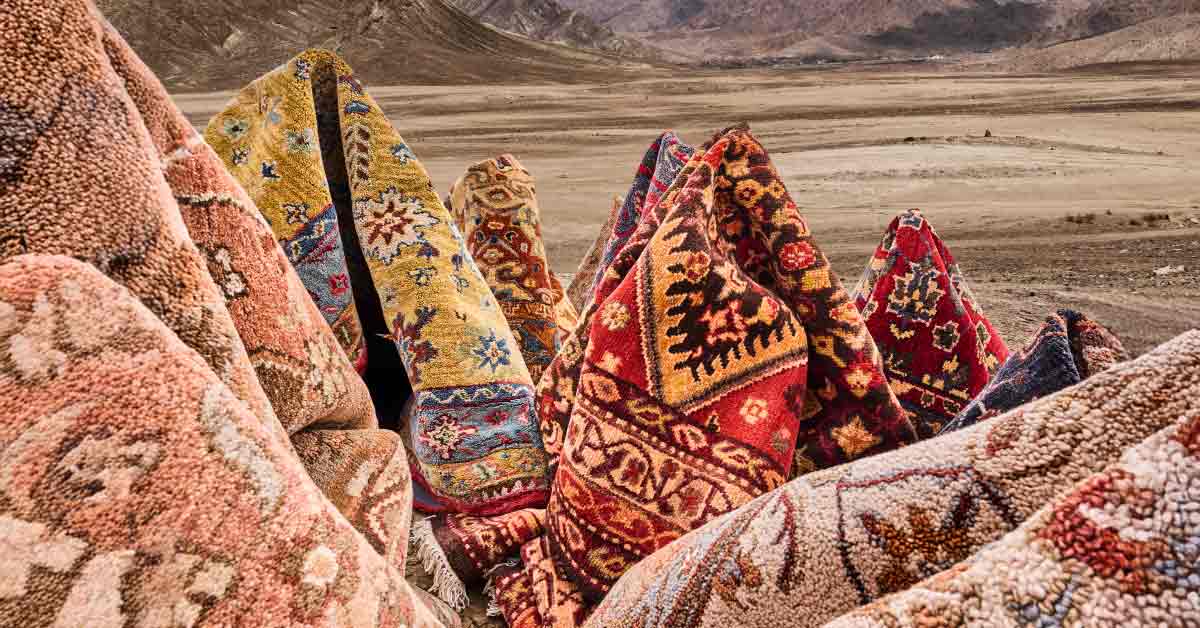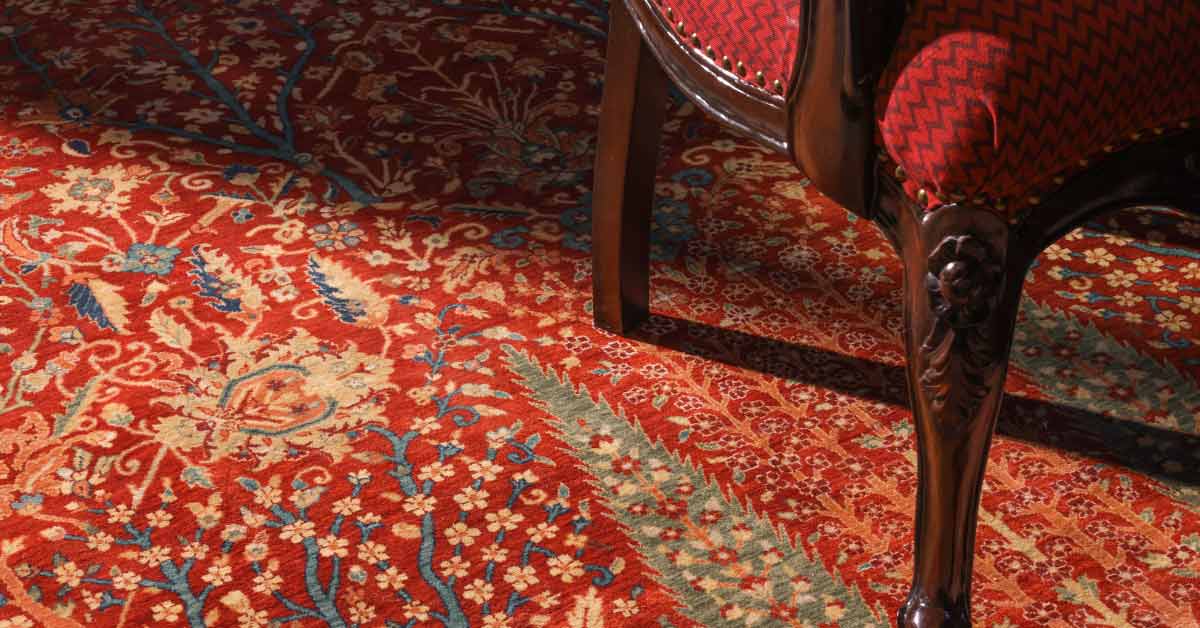
Revisiting classics: An ode to beautiful homes on International Museum Day
Every year on May 18, we mark International Museum Day- a moment to pause and reflect on the spaces that hold our shared history. Museums are not just rooms filled with artifacts; they are places that help us understand where we come from and, in many ways, who we are. They preserve memory, celebrate creativity, and remind us that the past still has something meaningful to offer.

This year, we’re taking a moment to explore a different kind of museum—one not housed in marble halls or behind velvet ropes, but one that lives within the textures and threads of heritage rugs. At Obeetee, we believe craftsmanship is one of the purest forms of storytelling. And just like a museum, every rug we create has the power to preserve, to educate, and to inspire.
To honour this day, we’re revisiting a special collection from our archive, a collection inspired by the renowned Museum rugs- The Revisiting Classics. It’s a celebration of the world’s most historic carpets- designs once found in the palaces and museums of New York, St. Petersburg, and ancient Persia. These rugs are respectful reinterpretations, hand-knotted by our master artisans using traditional techniques, high-quality yarn, and immense care.
They don’t just look back. They help us bring heritage forward—into living rooms, reading nooks, and quiet corners of today’s homes.
The vine rug
There’s something instantly calming about this rug. Its muted tones, medallion floral motifs, and antique-style border make it feel as though it has always been a part of the room. But it’s more than just beautiful—it’s thoughtfully made. Hand-knotted from fine yarn, this piece is designed to last for generations. It carries a certain elegance, a kind of quiet heritage, that fits effortlessly into both classic and contemporary spaces.
The tree of life
This design draws from a centuries-old Persian motif known as the Tree of Life, symbolising the bond between the earth and the heavens. The central field is grounded in a deep rust hue, while the borders are layered in tones of green, gold, and soft highlights—echoing the changing seasons and the passage of time. It’s a poetic piece, rich in meaning and rooted in tradition. But what makes it especially beautiful is how it still feels entirely relevant—whether placed in a modern apartment or a more traditional home.
The Pazyryk rug
Discovered in a frozen tomb in Siberia in 1948, the original Pazyryk carpet dates back to the 5th century BCE. It’s considered the oldest rug ever found—a stunning example of how sophisticated early weaving was. Our version draws inspiration from that ancient masterpiece. Hand-knotted with the finest wool and silk, it features motifs true to the era—elks, horsemen, and geometric patterns that once lined the grave of a Scythian prince. This rug isn’t just a tribute—it’s a living piece of history, adapted for homes that value stories as much as style.
The Tabriz rug
Named after one of Iran’s most renowned weaving cities, the Tabriz rug in this collection is a study in refinement. Its pattern is made up of graceful florals arranged with a quiet sense of order. The rust-toned base paired with shades of soft brown gives the piece a warmth that makes it stand out without overpowering a room. It’s the kind of rug you live with for years—one that only gets more beautiful with time, like a favourite painting or a well-loved book.
Branching florals
This one is all about versatility. With branching floral motifs, an ivory frame, and a soothing palette of honey gold, green, and sable brown, this rug brings a soft richness to any space. Whether it’s laid beneath a dining table, stretched across a veranda, or simply placed in a quiet corner, it adds a layer of warmth that feels both refined and relaxed. It’s a wonderful example of how traditional craftsmanship can still feel completely at home in the now.
Honouring craft, preserving heritage
International Museum Day reminds us of the value in looking back- not with nostalgia, but with intention. The past has much to teach us about beauty, resilience, and the human need to create. In many ways, Obeetee’s Museum Collection is our way of participating in that ongoing dialogue. It’s a reminder that preservation doesn’t always happen behind glass. Sometimes, it’s underfoot—woven by hand, lived with daily, and passed on like a story worth telling again.
As the world celebrates museums and their guardians of culture, we celebrate the quiet custodians of tradition—our weavers, our patterns, our process. Because heritage isn’t just something we remember. It’s something we carry forward. And in that act, it becomes timeless.


